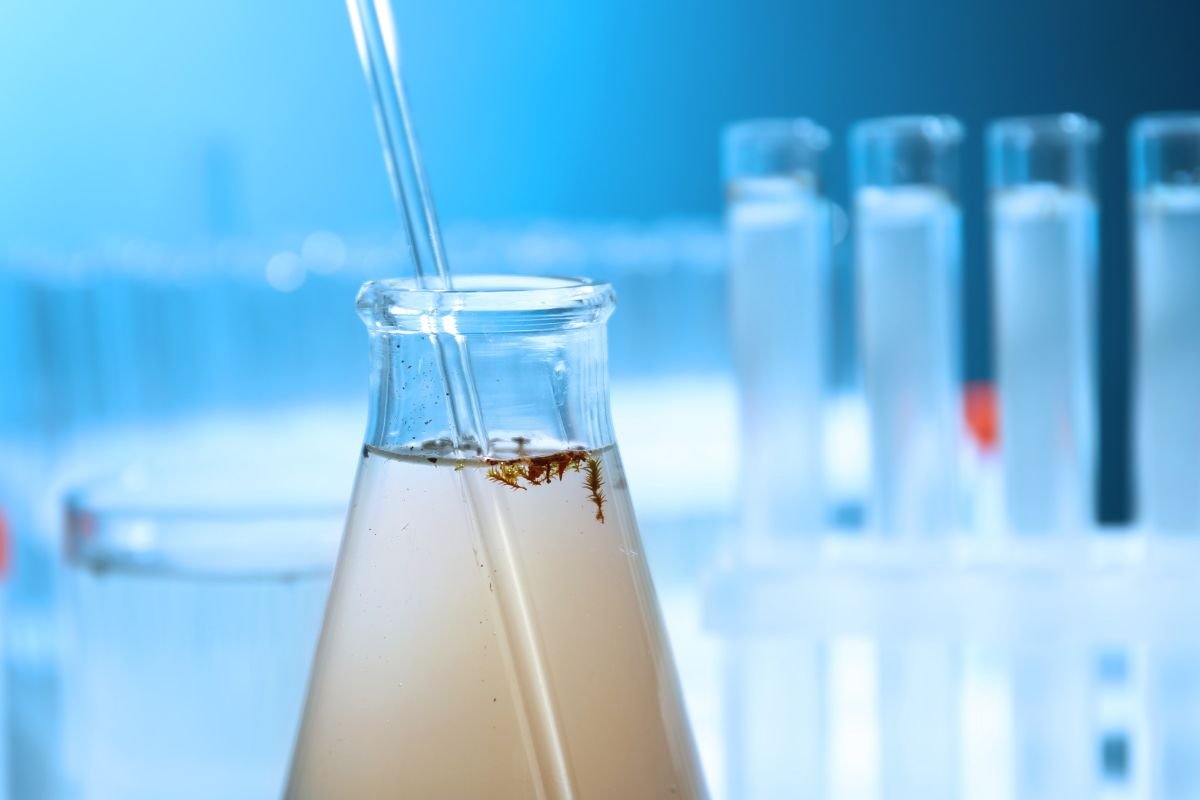Testing Asbestos in Water? How It Works
You might assume that asbestos testing only involves taking a sample from something in your home, such as your lino or roofing materials, sending it away to a lab, and waiting for the results to come back.
While that’s indeed how straightforward it is to test for the presence of asbestos in the average residential or commercial structure, it’s not the only testing method. Here in Aotearoa and other parts of the world, like the United States and the United Kingdom, we’re also testing water for the presence of asbestos. That’s right – not only is it in our homes, but it’s also in our water supply.
What does testing asbestos in water look like? And are we in danger when we drink water contaminated with asbestos? Get these answers and more below.
The Asbestos Water Testing Process
Most people wouldn’t be familiar with the asbestos water testing process, but that all changed when a study was performed on the concentration and prevalence of asbestos fibres in Christchurch’s drinking water supply.
Not only did we learn just how common it is for us to drink asbestos fibres, but we also learned just how extensive the testing process could be. The study location was in Christchurch, with all tested water coming from deep bores recharged by percolation from the Waimakariri River. The study also outlined that the entire mains water network consisted of 1,814 kilometres of pipes, 789 kilometres of which featured asbestos cement.
Experts collected samples from various hydrants and taps of different ages along the pipe networks and collected the water in 500mL plastic LDPE bottles. They were acid-washed, rinsed twice with purified water, and dried before 20 samples were collected.
Sample collectors used standpipes to connect to hydrants to collect water, and they also collected two samples from households: first draw and once the water had been turned on for two minutes to identify variations.
A YSI multisensory probe was then used to record temperature, pH, and electrical conductance before the water was cool-stored at 4 degrees Celsius. It was then transferred to a laboratory.
All water samples were pre-treated with UV light and ozone gas, filtered, and analysed with transmission electron microscopy. Once the water had been processed, it was revealed that Christchurch households were drinking water with asbestos fibres of >10 μm and 0.5 μm in size.
Why Is Asbestos In Our Drinking Water?
We’re already battling with asbestos in our homes, so why do we also have to contend with it in our water supply? For the same reasons it’s in our homes – we used asbestos building materials to create our extensive water supply network.
Nearly all potable water piped networks installed from the 1930s until the 1980s featured asbestos cement. While we’ve replaced some of these pipes in the last few years, we still have hundreds of kilometres yet to replace.
Studies conducted in the UK revealed that asbestos-containing pipes begin to fail within 60 to 80 years, but environmental factors also play a part in that timeline, such as land movement and chemically-aggressive water.
Is Asbestos In Drinking Water Harmful?
Asbestos in drinking water has been reported since the 1970s, but the World Health Organisation (WHO) doesn’t believe it’s of great concern. In fact, WHO stated that there is no causal link between asbestos exposure via drinking water and cancer development for any asbestos fibre type.
However, that’s not to say that new evidence isn’t coming to light all the time. According to an Italian article discussing the recent findings of asbestos fibres in drinking water in Tuscany, there are potential health risks. Some results in animal models suggest a causal effect of ingested asbestos on gastric and colorectal cancer. This also might explain the epidemiological finding of mesothelioma in people who haven’t been exposed to asbestos via inhalation.
The discussion concluded by saying that several findings suggest health risks might not be from inhalation exclusively. As a result, some people might also be at risk of asbestos-related illnesses by ingesting drinking water contaminated with high levels of asbestos over an extended period. However, further research is required to see if these discussions hold any weight.
Can Asbestos In Drinking Water Be Removed?
Right now, it doesn’t seem that New Zealand water supplies are severely affected enough by asbestos contamination to warrant decontamination methods. However, it has been recommended that all councils monitor asbestos fibres in reticulated water supplies. It’s also common practice overseas for water treatment plants to use coagulation/filtration, corrosion control, and direct filtration to keep asbestos levels safe. If levels exceed those recommended by experts, water suppliers must notify users.
Don’t Underestimate Asbestos
We might not yet be able to control asbestos in our water supply, but we can control it in our homes. If you have been considering removing asbestos-containing materials from your home, talk to experts like Chemcare about safe asbestos testing and removal for peace of mind.

